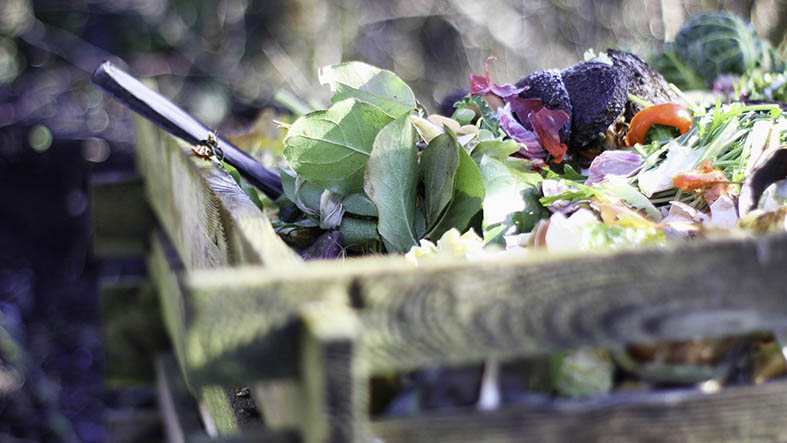Gardening for wildlife
7 ways to bring bees, pollinators and other wildlife into your garden.
You don’t need a big garden or lots of time to make a real difference to wildlife in your own outdoor spaces. Follow our tips, printable guides and videos to find out more.
1. Grow bee-friendly bulbs
Autumn is a great time of year to think ahead and plant some bulbs to help out bees and other pollinators as they emerge in early spring. Find out our top bulbs for bees and a read our quick Guide to growing bulbs for bees
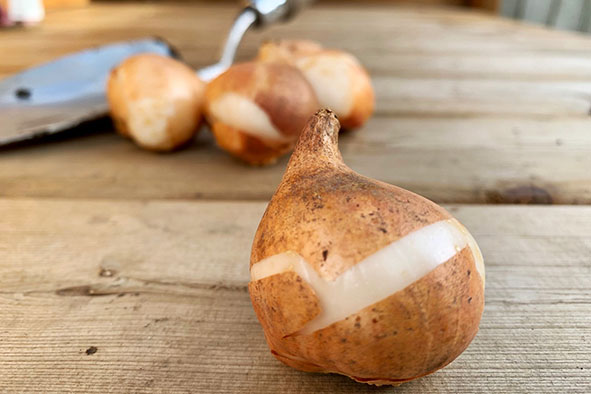
2. Bee a bee-friendly gardener!
Follow our Bee friendly gardening guide and help to provide food and shelter for bees and other pollinators all year round.
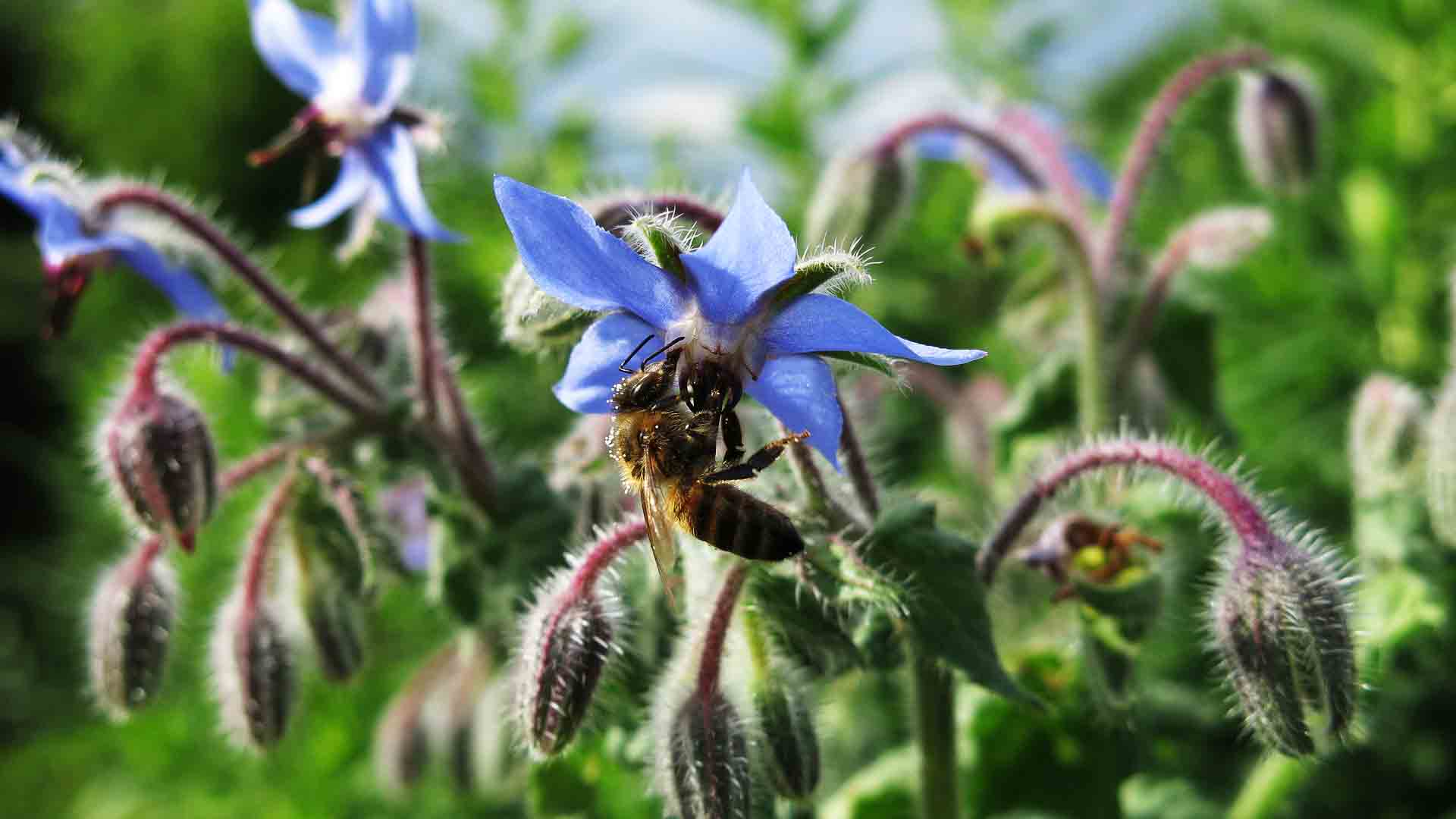
Our top tips
- Don’t be too tidy! Leaving uncut grass, stems and stalks, and nooks and crannies around your garden provides shelter and nesting sites for bees and other pollinators.
- Plant in blocks of at least three. This makes it easier for bees to locate your plants and find their food.
- Buy organically grown plants and seeds when you can. Shop-bought plants may have been treated with pesticides that affect bee’s behaviour.
- Plant flowers in which you can see the pollen and nectar yourself. If you can see it, most pollinators probably can too. Many bedding plants are sterile and pretty useless for pollinators.
3. Grow a wildflower meadow
Wildflowers are amazing for bumblebees and other pollinating insects like hoverflies and they also provide food for birds, voles, shrews, hedgehogs and other small mammals. Find out how to Grow your own wildflower meadow
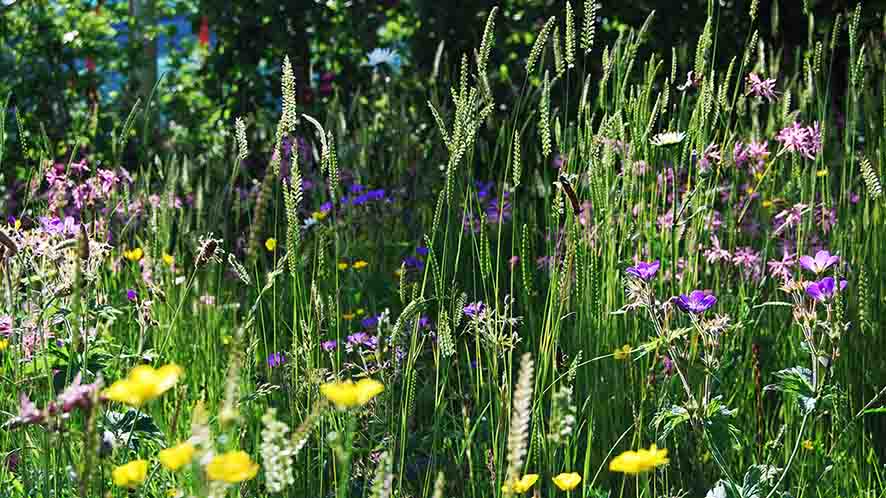
4. Grow sweet peas from seed
Many of our bees are in trouble because there are not enough flowers growing for them to find food. Follow this simple guide to grow your own sweet peas from seed and give wild bees some much needed food this summer! How to grow sweet peas
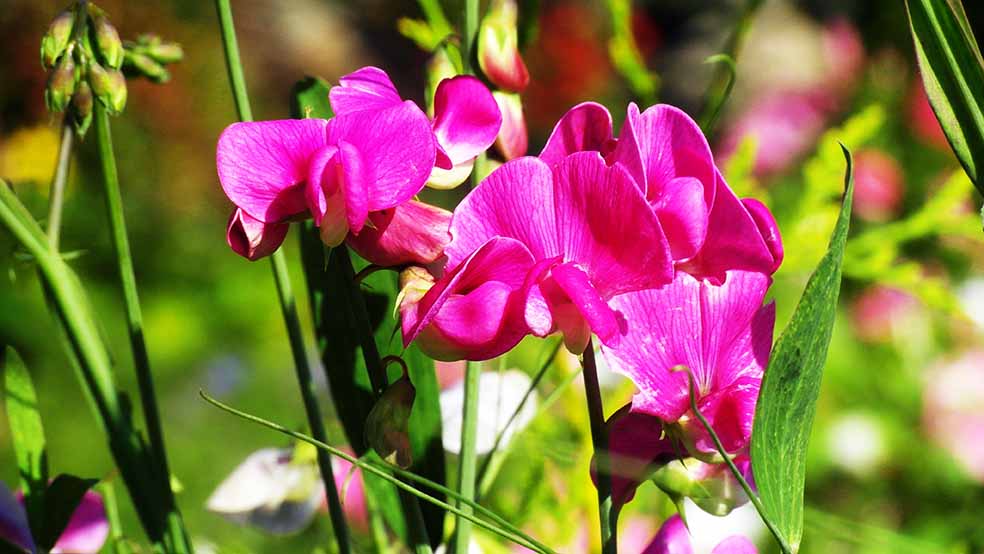
5. Make your own seedling pots
Keep bumblebees and pollinators happy this spring by planting seedlings grown in your very own seedling pots! All you need is some junk mail or newspaper, tape and a spice pot. Plant thyme, rosemary, lavender and hyssop to keep bees really happy.
6. Propagate your own herbs
Growing herbs is a great way to attract bees to your garden. Here's how to propagate your own for free!
7. A beginners guide to composting
Did you know that composting at home for just 1 year can save global warming gases equivalent to all the carbon dioxide (CO2) your kettle produces annually or your washing machine in 3 months (recyclenow.com). Here's a beginners guide for How to get started with composting.
